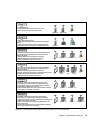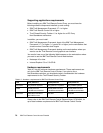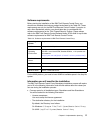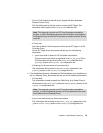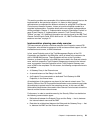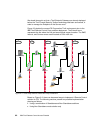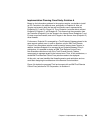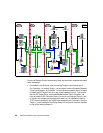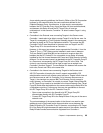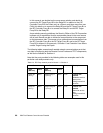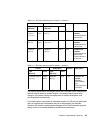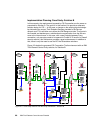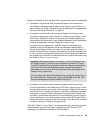Chapter 2. Implementation planning 83
Implementation Planning Case Study: Solution A
Based on the information gathered in the previous section, we decide to install
an RC Controller in the external zone, specifically on Endpoint A. Also, all
Targets are located in both the Internal and Servers zone, represented by
Endpoints B, C, and D in Figure 2-3. Thus, Endpoint A must be able to contact
Endpoint B, Endpoint C, and Endpoint D. This means that the connection from
the Controller (Endpoint A) to the Targets in the Internal Zone (Endpoints C and
D) must cross two firewalls, and to the Targets in the Servers zone (Endpoint D)
three firewalls.
Furthermore, Endpoint D is managed by a Tivoli Endpoint Gateway placed in the
same secure network zone. In such a situation, only an IBM Tivoli Remote
Control Proxy Standalone solution could be used to access those Targets. In
addition, because Endpoint A is managed by an Endpoint/Gateway Proxy A
architecture, it is possible to deploy an IBM Tivoli Remote Control Proxy
Non-Standalone solution on top of the Tivoli Firewall Security Toolbox
components to manage targets in the Internal zone. Thus, in this architecture, a
mixed IBM Tivoli Remote Control Proxy solution needs to be deployed.
At this point, we have identified the firewall scenarios and restrictions and we
could start designing the architecture of the Remote Control solution.
Figure 2-4 depicts the proposed Tivoli environment with an IBM Tivoli Remote
Control Proxy solution for CSI Corporation, for Solution A.



